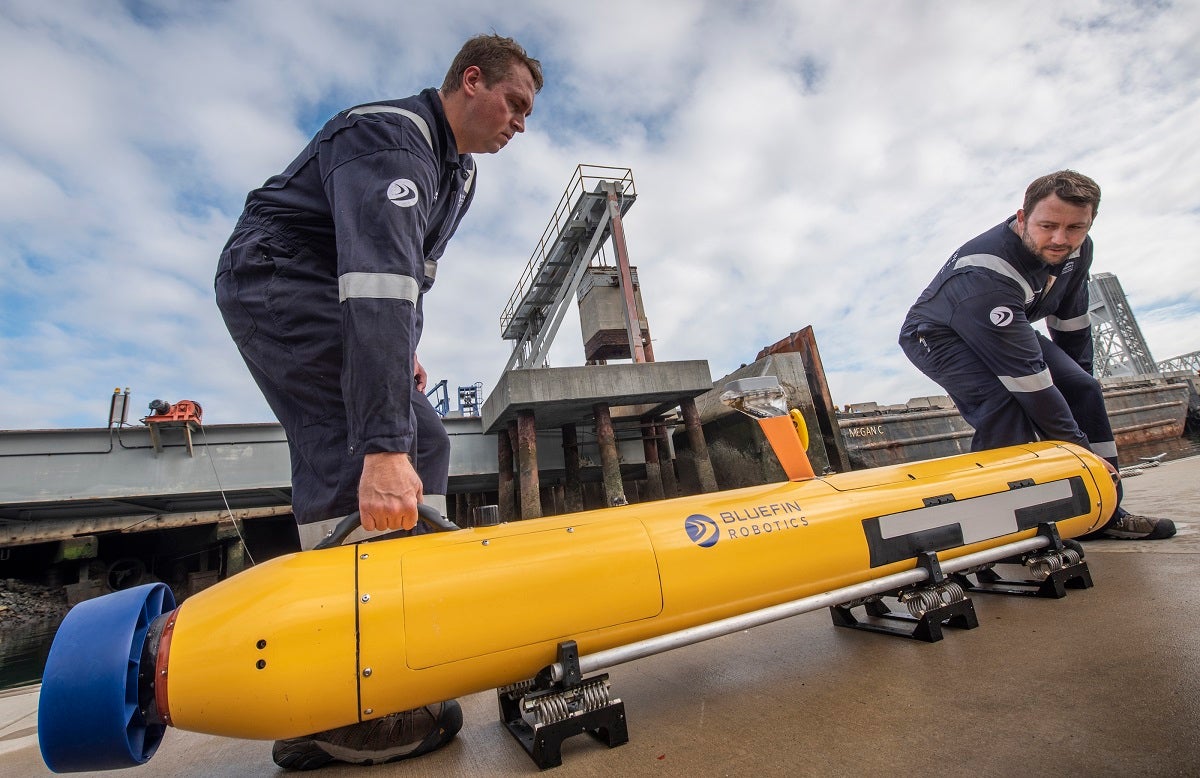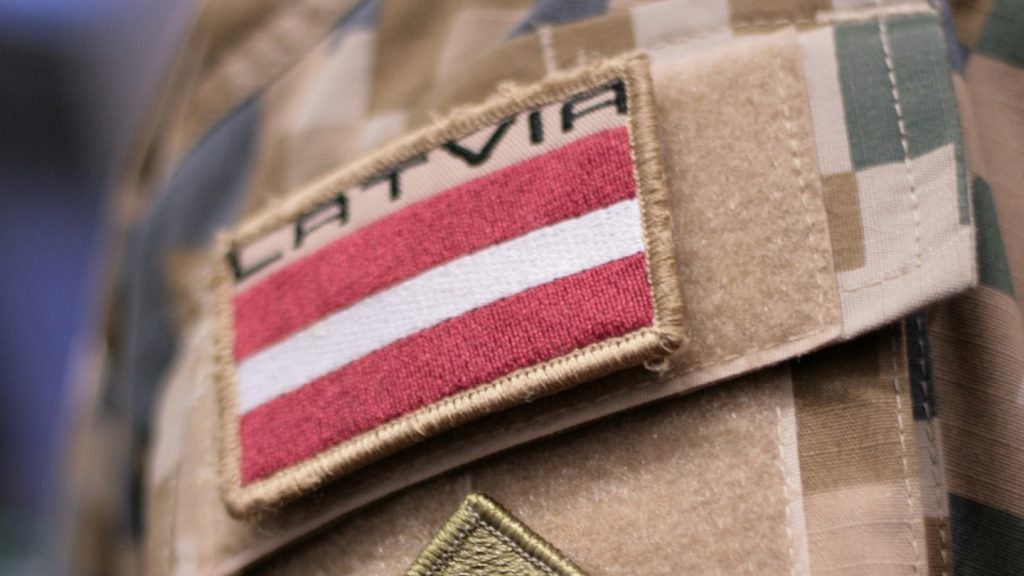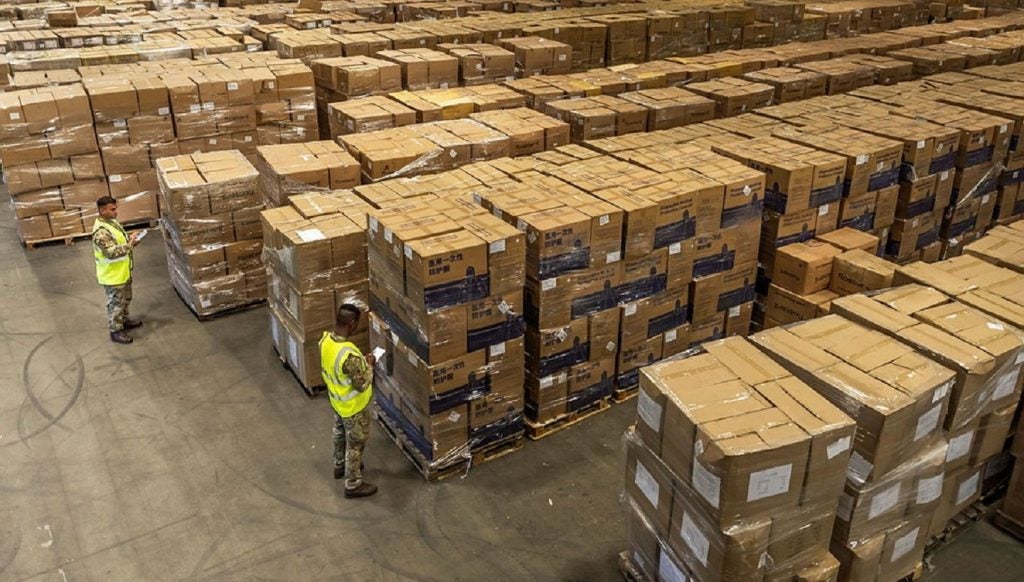
Navies are recognising the importance of open standards to begin using commercial-off-the-shelf components, as even something as simple as a different power-supply voltage can be a barrier to interoperability between mission-critical applications. This is especially critical as the electronic systems grow in complexity in response to changing sub-sea threats.
Vision for subsea defence communications
In the underwater battlespace, international threats are changing, with navies scaling up fleets of autonomous underwater vehicles (AUVs) to combat more lower-level threats from more countries. Deployed for mine hunting and anti-submarine warfare, allied navies’ needs to collaborate and communicate have never been greater.
But navies don’t only want their own underwater assets to talk with each other, they want multi-domain integration, to work with other allied nations. To meet these needs, a new standard in underwater communications is required.
The sheer number of AUVs deployed by navies is driving advances in technology. However, the only way for allied naval underwater assets to communicate on any secure, sophisticated level is for there to be open standards.
How well do you really know your competitors?
Access the most comprehensive Company Profiles on the market, powered by GlobalData. Save hours of research. Gain competitive edge.

Thank you!
Your download email will arrive shortly
Not ready to buy yet? Download a free sample
We are confident about the unique quality of our Company Profiles. However, we want you to make the most beneficial decision for your business, so we offer a free sample that you can download by submitting the below form
By GlobalDataThere have been a couple of attempts at standards in previous decades, like the UK/US joint development, Proteus, and NATO’s Janus. Both standards allowed basic inter-asset communication; in addition, Janus offered open, non-secure channels.

Benefits of standardisation
The perfectly plausible scenario is for allied navies to be able to use any vendor’s product and know that it operates on their platform like domestic devices do with Wi-Fi, anywhere in the world. It is a no-brainer that enabling communications amongst allies adds value. But one critical roadblock to date has been ensuring a communication channel is secure enough that non-friendly navies can’t decode it.
Phorcys
Enter Phorcys, the newly developed open standard for secure acoustic communications, which is funded and owned by the UK Ministry of Defence’s (MOD) Defence, Science and Technology Laboratory (Dstl).
Phorcys is a high-integrity secure acoustic waveform, produced through combined industry and academic collaboration, to enable navies to communicate and interoperate with AUVs. It addresses one of the critical deal-breakers from previous standards; that is, security.
By being able to challenge and differentiate friend from foe, it will help distinguish an allied AUV from that of a non-friendly nation. In addition, Phorcys waveforms are capable of higher data rates than previous standards, offering flexibility for platforms that require different data rates, transmission durations and frequency bands.
Security
Phorcys has unique ways of encoding data, which means it can’t be deciphered without a private key. It also addresses the various gears so that you can operate at low data rates but also at rates suitable for voice communications. For instance, a UK platform with UK codes will only communicate securely with another UK platform with UK codes. A UK platform could also have NATO codes to communicate with a NATO platform, or a US platform might have NATO codes. Essentially, allied naval assets can communicate with each other securely.
Challenges of putting Phorcys into action
One key challenge to adoption is that, even if we can thwart some navies’ proprietary vendor technology and security concerns, some countries are more eager than others. Not all NATO countries are equal, and their financial investments vary.
Bilateral and trilateral arrangements are occasionally formed where more than one country develops a standard but decides it doesn’t want to share its IP. In defence, there is a pervasive culture of maintaining ‘the edge’, and a concern that you never know when your friends might become enemies, so it will be hard to overcome this.
Future for open standards
New open standards will allow different navies to interoperate with AUVs in support of anti-submarine warfare and mine-counter measure missions. Dstl has now shared the Phorcys receiver reference chain with allies, and it is expected that future experimentation will be undertaken to evaluate the Phorcys waveform in the months ahead. The UK MOD is leading the drive for standardisation which means significant advances are being made.
The technology is ready today to deliver advanced secure open standards, to address a clear allied naval need. And there is a will or recognition of its benefits across all allied parties at a basic level. It’s more about how we put this into practice.
If not, all nations can invest in its development, they must recognise what it will bring to their shared goals. The largest navies and allied nations need to show their hand to move this forward, or we will only ever be observing brilliant scientists producing something that can never become reality.








Related Company Profiles
Ministry of Defence
NATO
Janus Corp
Sonardyne Inc
Defence Science and Technology Laboratory